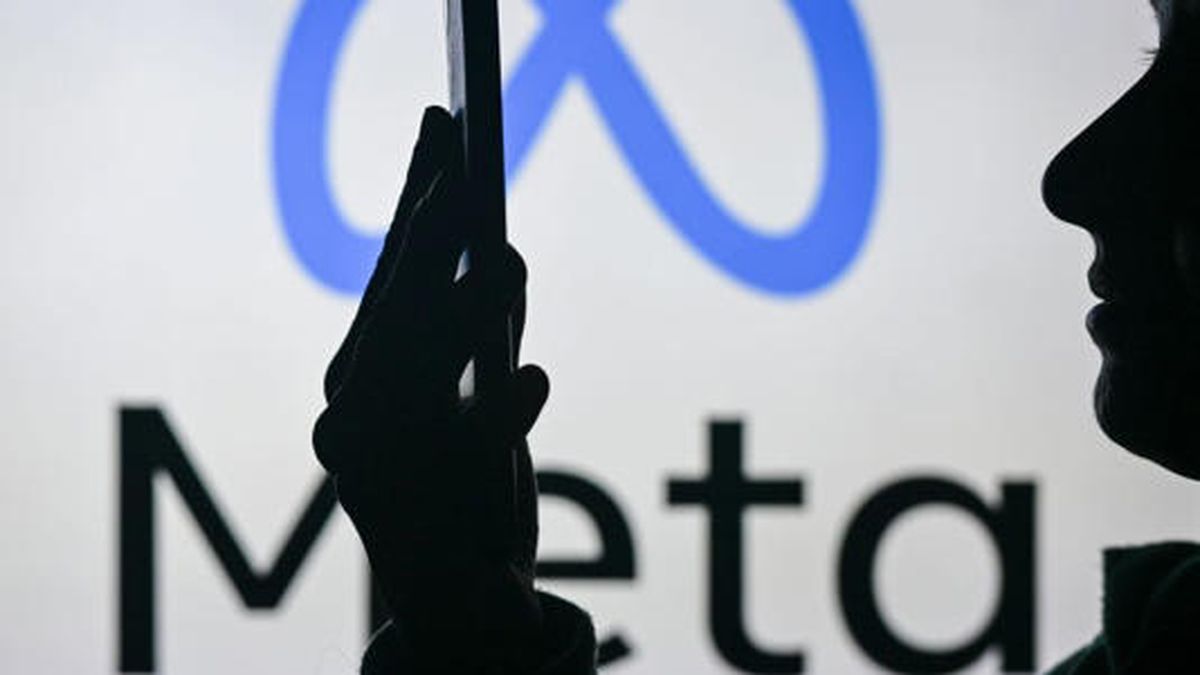The recent 20 -day bullish streak Platforms Inc.which marked a historical record, carried the price of its shares at a level in which investors could start asking the company to divide their shares for the first time since its Ipart in 2013.
This earnings firch promoted the actions of the social media company to a record closure of US $ S736.67 on February 14, with an advance of more than 25% so far this year until the end of last week. The owner of Facebook is the company with the best performance in 2025 within the group of the “Seven magnificent“, even after breaking your upward streak with two days of falls.
Goal is the only company of the great technological ones that have never made a division of shares, a movement that some companies adopt when a strong appreciation of its price elevates it to a level that can deter smaller retail investors.
Goal vs. Other Wall Street giants
While a division of shares does not change the foundations of a company, it does reduce the price per share. In 2024, companies such as Nvidia Corp. and Broadcom Inc. carried out divisions after important increases promoted by advances in artificial intelligence, with the aim of making their prices more accessible.
“They want their actions to be more accessible to a broader audience. It is a good reason,” said Francisco Bido, senior vice president and portfolio manager in F/M Investments. It can also be a sign of trust on the part of the company, since it implies that it sees potential to continue rising and does not fear its price artificially.
“They have confidence in their future gains and growth opportunities,” Bido added. “Rarely a company that is not in good condition decides to divide its actions.”
Another great technology company that could consider this measure is Netflix Inc., whose shares have risen more than 17% so far this year, exceeding the psychological threshold of the $ 1,000 per share. That level has led to other companies to divide their shares to make them more affordable for both investors and employees. Netflix already made a division of seven by one in 2015.
The potential benefits go beyond attracting more retail investors. The Nvidia shares division in May 2023 probably facilitated its inclusion in the Dow Jones Industrial Average Index, which was joined in November.
This practice has recently resurfaced, after having fallen into disuse with the arrival of fractional actions. In 2023, 17 companies of the S&P 500 index divided their shares, as many since 2013, according to data from Bank of America analysts led by Jared Woodard. Technology have also resumed this strategy: seven Nasdaq 100 companies did it in 2024, after none did it the previous year.
Goal Cable Submarino.png
The impressive Meta Platforms rebound positions it as a strong candidate for a possible division of actions.
In addition, these types of movements can generate a bullish feeling in the market. According to Bofa’s analysis, the actions that have been divided register an average return greater than 25% in the following year, compared to 12% of the market in general. In 2024, the average yield in the six months after a division was 17%.
Five of the “Magnificent Seven” have made a division of actions since 2022: Nvidia, Alphabet Inc., Amazon.com Inc., Tesla Inc. and Apple Inc. The last time Microsoft Corp. did it was in 2003.
Currently, there are about 40 companies in the S&P 500 with an action price exceeding 500 dollars, which puts them in a position to consider this measure. In addition to Meta and Netflix, the list includes Servicenow Inc., Kla Corp., Tyler Technologies Inc., Intuit Inc. and Synopsys Inc., among others.
What is a actions of actions?
A Split of actions It is a division of the number of actions in circulation of a company without changing its total value in the market. In essence, the company multiplies the amount of available shares and proportionally reduces the price of each one, keeping the stock market capitalization.
What does it mean for investors?
- Accessibility: A lower price per share facilitates purchase for small investors, which can increase demand.
- Liquidity: A greater number of actions in circulation usually improve liquidity, facilitating sale.
- Trust sign: Companies that carry out a split usually do so because they expect their growth to continue.
- Impact on performance: Historically, the actions that are divided tend to show good performance in the following months, promoted by greater market interest.
While the Split does not change the total value of the investment of existing shareholders, it can attract more participants to the market and generate a positive effect on the price of the actions in the medium term.
Source: Ambito
I am a 24-year-old writer and journalist who has been working in the news industry for the past two years. I write primarily about market news, so if you’re looking for insights into what’s going on in the stock market or economic indicators, you’ve come to the right place. I also dabble in writing articles on lifestyle trends and pop culture news.




